10 Amazing Types of Wool You Should Know About
There are countless wools from countless animals. 10 you should know about and which is best.
July 1, 2022
By Oliver Charles
When you think of wool, do you tend to only think of sheep?
If that's the case, you're missing out on something marvelous!
Ever-ready to serve as a staple addition to any wardrobe, it's fair to say that wool clothing is elegant, breathable, sustainable, and natural.
Making things all the more interesting, did you know that many types of wool awaiting your discovery offer a spectrum of qualities and come from a diversity of different animals?
If not, you're certainly not alone!
If you're ready to be educated in all things woolly, you've come to the right place.
From yak wool to lambswool, we invite you to join us as we delve into ten amazing types of wool that every fashion aficionado should have on their radar.
We'll also draw some insightful conclusions on which type of wool should be your absolute go-to for everyday wear, so settle in for the ultimate wool-wearing overview.
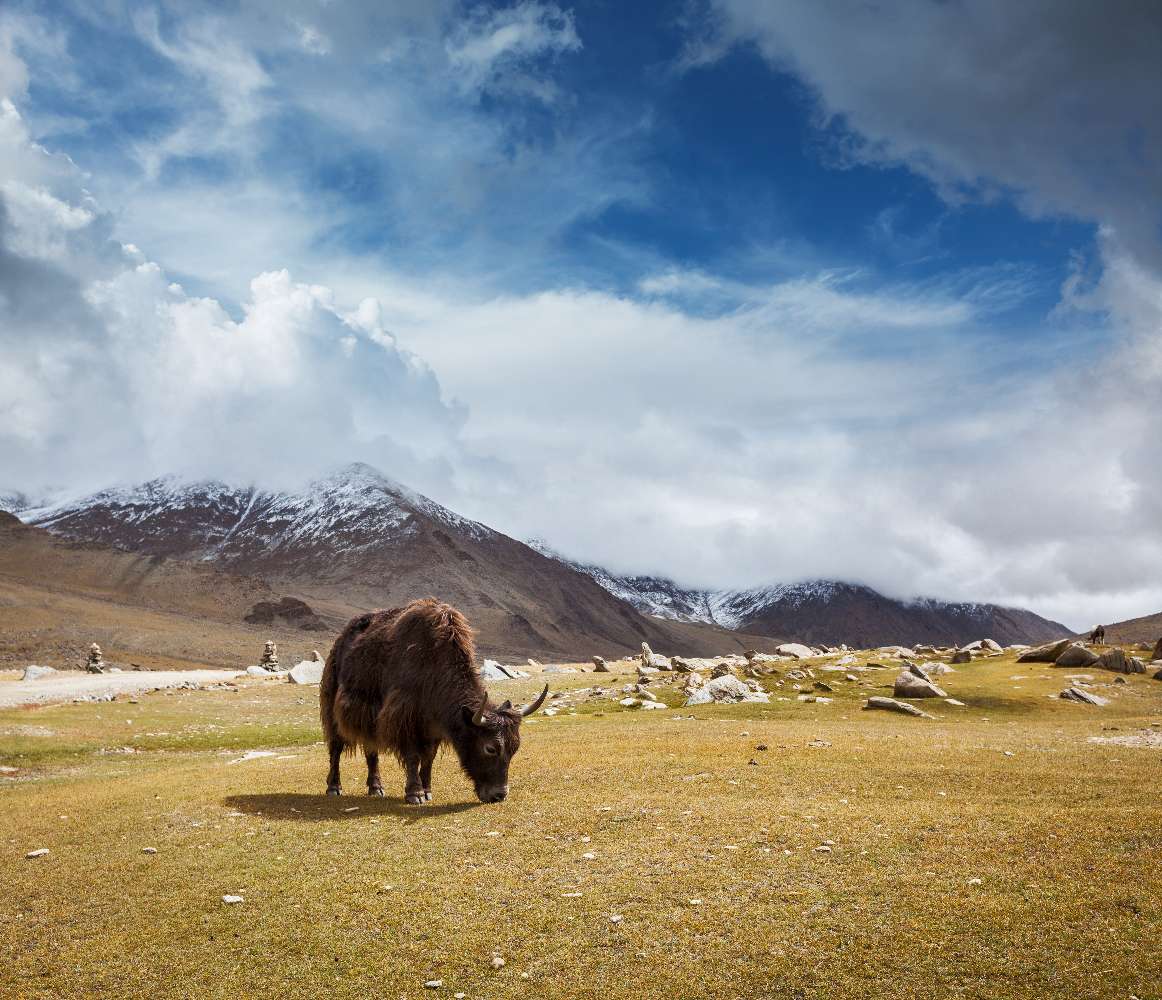
#1 Yak Wool
While the Tibetan yak may be a mighty beast indeed, it is renowned for growing some of the world's finest and most wearable fibers.
Notably, the hollow khullu (“coo-loo”) fibers that the yak sheds naturally from its neck and belly each spring.
These luxurious fibers are around 17.5 microns making them similar to cashmere in feel.
Over 1000s of years, yaks have evolved to survive and thrive in the unforgiving high-altitude climate of the Himalayas.
As the highest dwelling wool-bearing mammal in the world, their unique fibers have developed some remarkable properties.
Yak fiber is celebrated for its exquisite softness, durability, sustainability, and outstanding thermoregulating and antimicrobial properties.
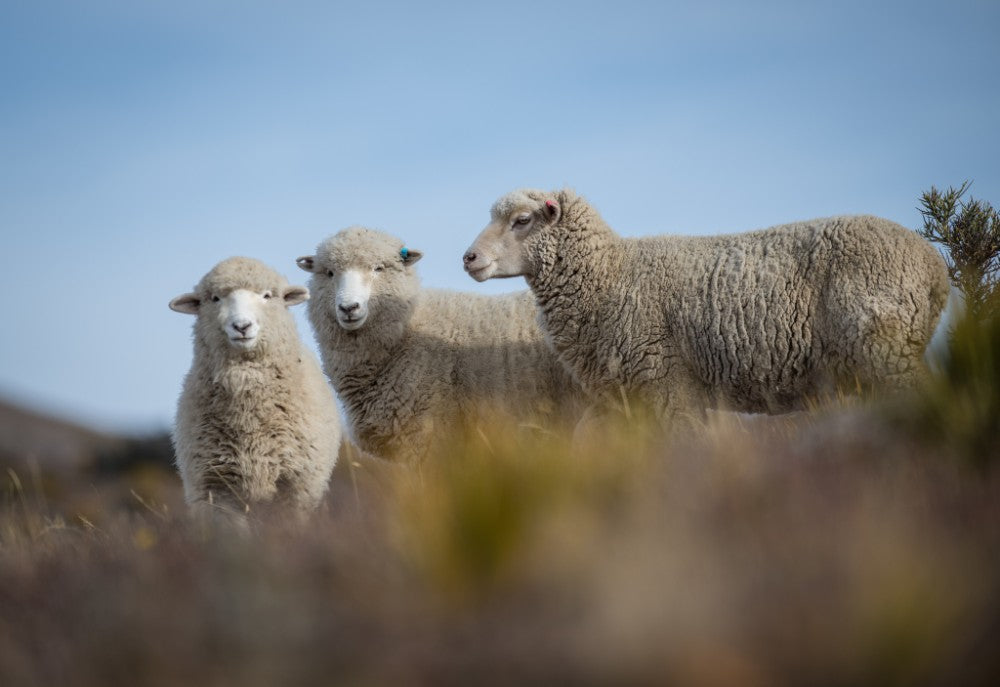
#2 Merino Wool
Merino wool is prized around the world for its luxuriously soft hand feel. Fibers range from 17 microns to 25 microns.
Merino wool comes from a Spanish-origin kind of sheep—although more recently, roughly 80% of the breed can be found at home in Australia.
Similar to yak wool, merino wool is world-renowned for its thermoregulating and antimicrobial properties.
Unlike yak wool, Merino wool requires herders to shear the sheep and process it to remove its natural fatty lanolin coating.

#3 Alpaca
Moving on to another hollow-haired animal, we journey next to South America to meet the charming alpaca.
This adaptable animal is closely related to the llama, and the fibers it grows are lighter and warmer than sheep's wool. Alpacas are native to South America and produce hairs that are hollow.
With a micron score ranging from 15-40, alpaca wool may be silky-soft or a little on the itchy side. It is famed for its hypoallergenic qualities and wide range of natural colors.
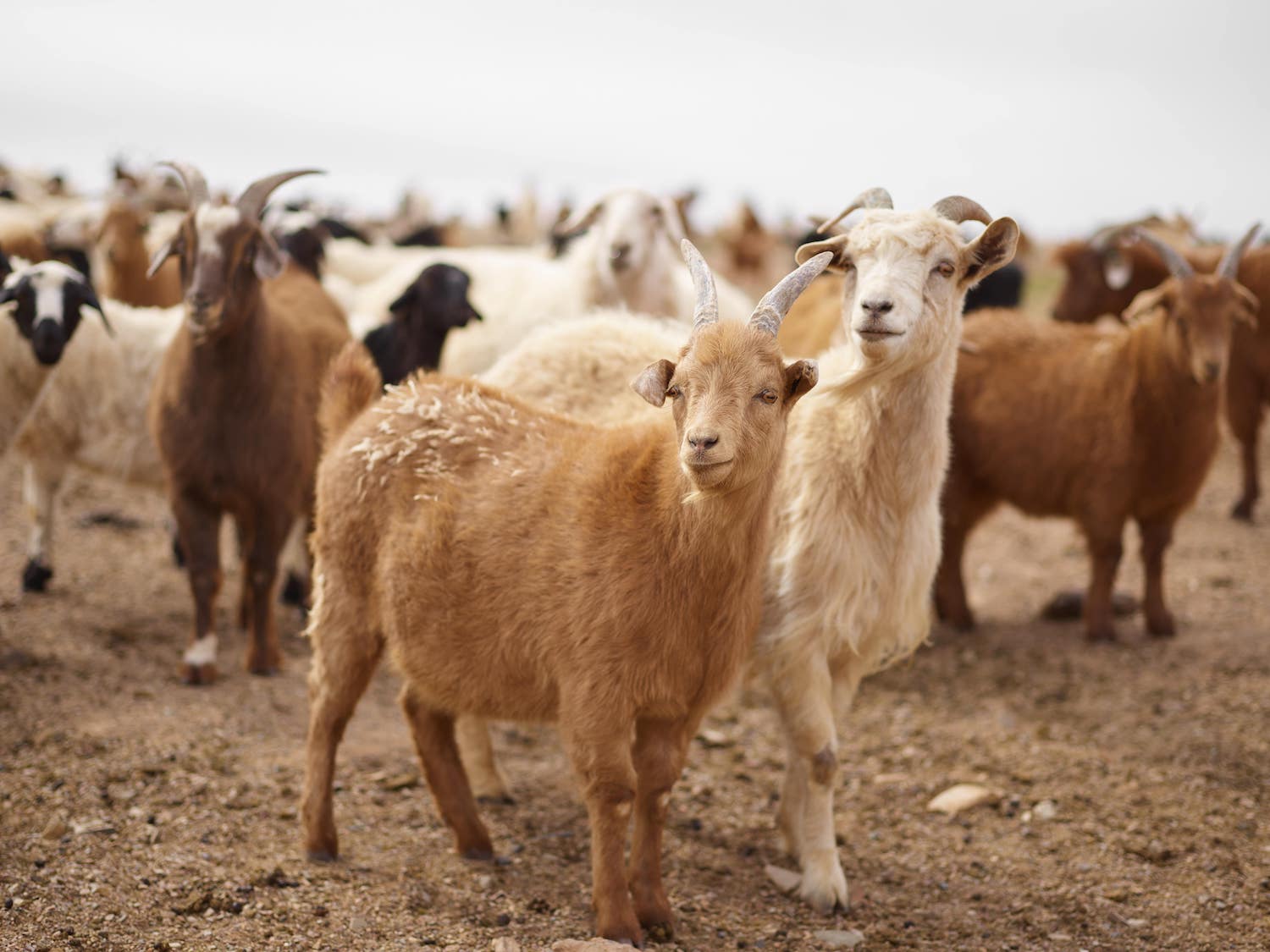
#4 Cashmere
Originally associated with glamorous pashminas, cashmere almost shares its title with its namesake animal.
Yes, cashmere is produced using the downy undercoat fibers of the Kashmir goat, a creature native to Mongolia, Tibet, Turkistan, Iran, Iraq, and China.
Nowadays, almost all the cashmere in the world comes from Mongolia.
Ranging from 13 - 18 microns, cashmere fibers are some of the softest in the world.
Unfortunately, that softness comes at a price; each goat only produces around 100g a year, equivalent to roughly ¼ of a sweater.
Similar to yak wool, the fibers are combed from the goat each spring rather than sheared.
Unlike yak wool, cashmere is the least sustainable wool. Low fiber yields and high demand has caused over-herding, which has led to the desertification of around 70% of the Mongolian plain lands.
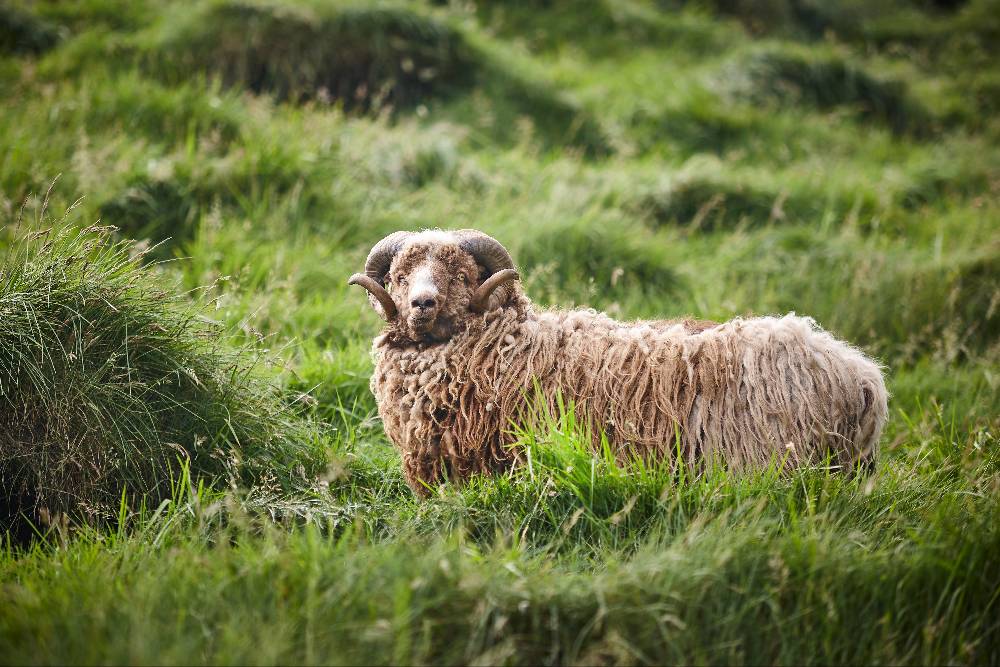
#5 Lambswool
Lambswool is fiber from sheep, which are sheared at six or seven months old.
This makes lambswool harder to come by and more expensive than normal sheep's wool, which is softer, smoother, and more resilient.
Because so many different breeds of sheep are used in lambswool production, the hand feel can vary drastically.
The coarser forms of the wool are commonly used in interior textiles, while the finer fibers are great for knitwear.

#6 Angora
Many experience confusion when it comes to angora wool because, while it’s true that a particular goat shares the same name (we'll come back to that momentarily!), this type of wool actually comes from the noble angora rabbit.
At only 10-15 microns, many consider this wool among the lightest and warmest of natural wools.
However, angora wool is particularly delicate, making it a common practice to combine it with other fibers to increase a garment's durability.
The fashion industry has a long dark history with angora wool and animal cruelty, which has led many brands to stop using it outright.
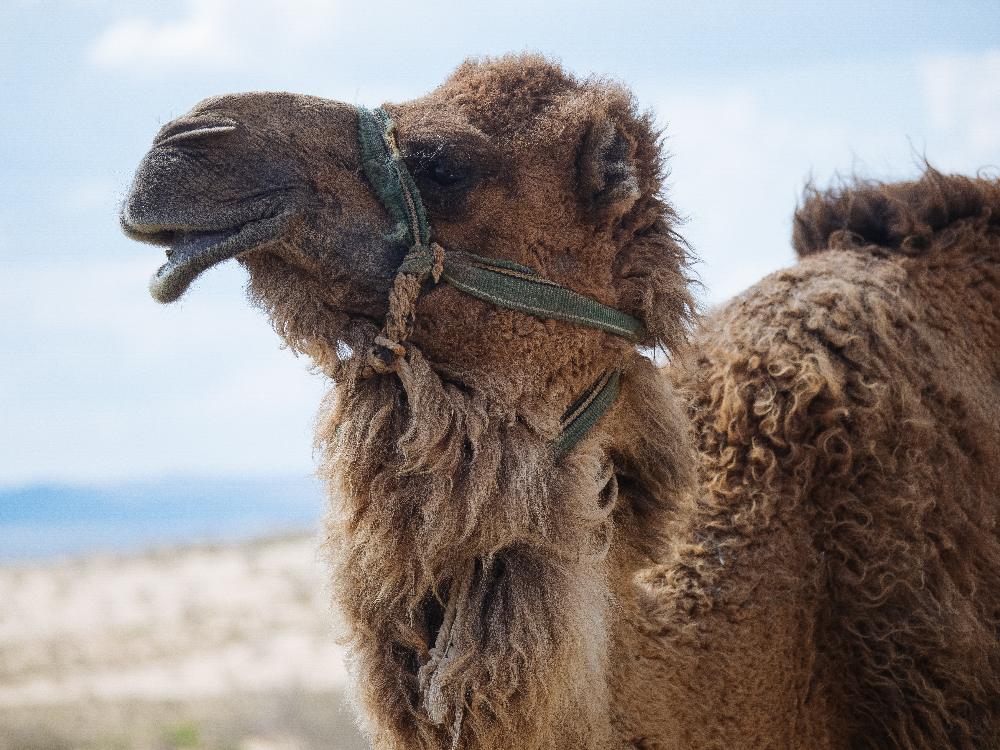
#7 Camel
It might seem strange to imagine wearing wool from a camel, but the naturally molted undercoat hair of the Bactrian camel—native to China and Mongolia—makes for fine wool indeed.
At around 20 microns, the fibers of camel wool are soft and lightweight, making them ideal for decadent coats and accessories.
Camel wool will often be seen in its natural golden brown color, although it does dye well. But, because of its rarity and expense, camel wool is usually exclusively found in luxury products and is often blended with sheep's wool.
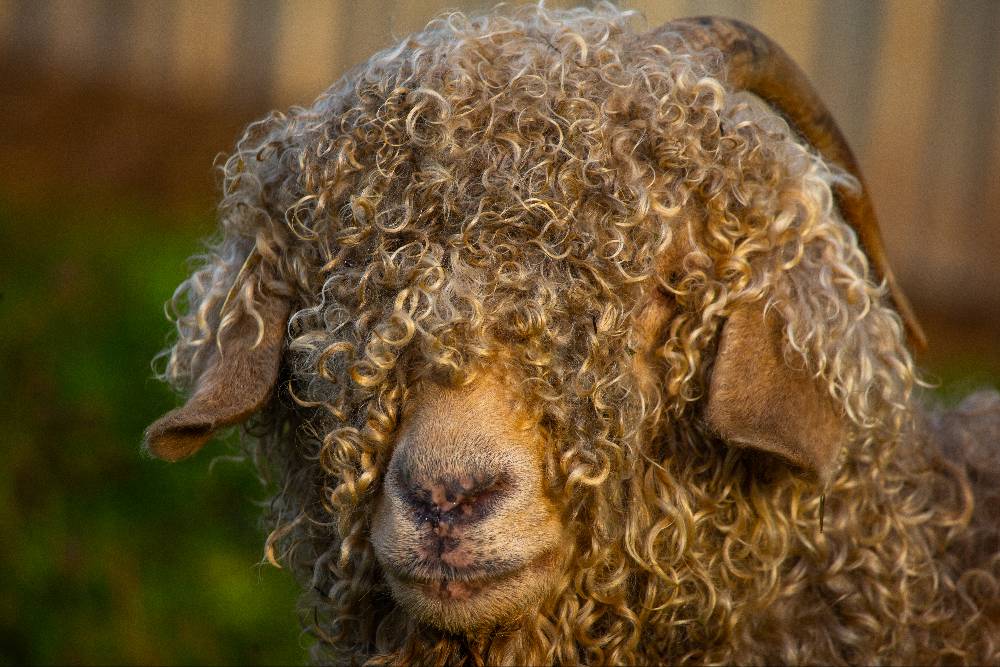
#8 Mohair
Returning to that aforementioned angora-related confusion, we must be introduced not to a rabbit this time but rather to the angora goat!
The goat breed from which mohair originates is kept similarly to sheep but in far fewer numbers, making the wool much more expensive.
Mohair's fibers range from 20-40 microns and produce an easy-to-process material that is stronger than sheep's wool, with a distinctive frizzy texture.
Mohair takes dyes beautifully, so it’s often found in various colors, making it popular for blankets.

#9 Qiviut
Next, our adventure takes us to the coldest regions of Canada and Alaska, home to the arctic muskox.
This elegant creature produces qiviut, a superfine, warm, and strong type of wool created from naturally molted fibers.
Muskoxs are not domesticated and can be aggressive towards humans, so qiviut fibers must be collected from the ground, trees, and shrubs.
Qiviut wool is one of the most desirable fibers in the world. It’s exceptionally soft at 12-13 microns or less while still being incredibly durable.
Unsurprisingly, it is one of the most expensive wool types in the world. It’s often referred to as the “golden fleece of the arctic!”

#10 Vicuña
Continuing our quest further into rarity, we discover the vicuña, an animal related to the alpaca and the llama that was once considered sacred by the ancient Incas.
Native to the undulating Andes, the vicuña produces an extraordinarily fine wool, at only 7-13 microns.
The shearing of vicuñas is tightly regulated because they came close to extinction in the 1960s.
Each animal must be briefly caught from the wild and can only be shorn five times in its lifetime, making it understandable that this singularly scarce type of wool can cost as much as $3,000 per yard.
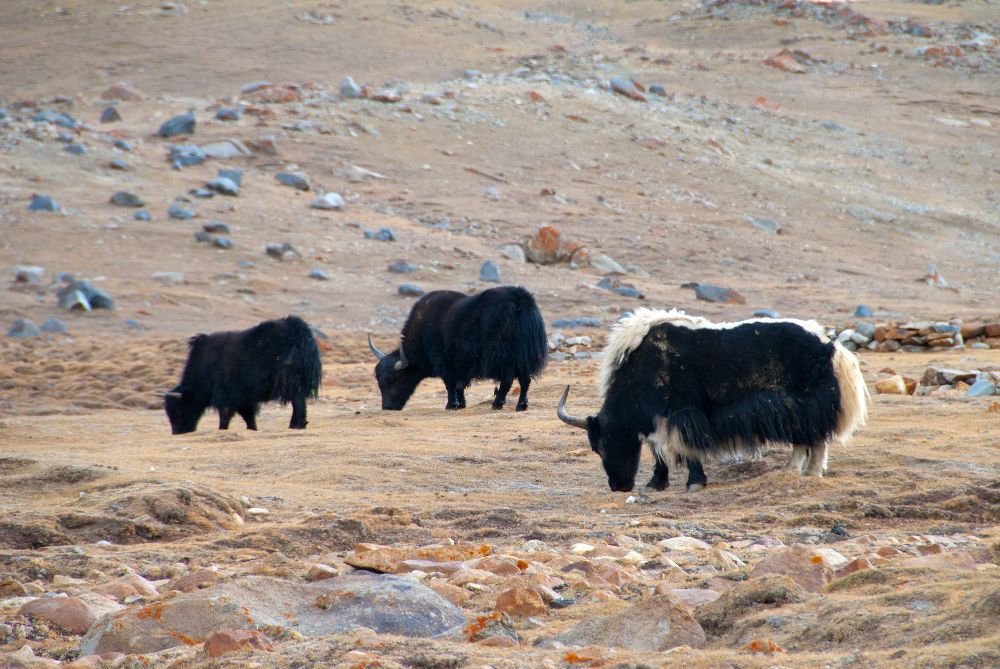
Which type of wool is the best?
With so much information to process about the different types of wool, it would be amiss for us not to guide our readers towards a winner! Being as unbiased as possible, we've rated each type of wool based on measures of softness, durability, sustainability, price, and versatility.
1 = the best
10 = the worst
| Wools | Softness | Durability | Sustainability | Price | Versatility | Average Rating |
|---|---|---|---|---|---|---|
| Yak 🏆 | 5 | 2 | 3 | 4 | 1 | 3 |
| Merino🥈 | 6 | 3 | 5 | 1 | 2 | 3.4 |
| Alpaca🥉 | 7 | 4 | 4 | 3 | 3 | 4.2 |
| Qiviut | 2 | 1 | 1 | 9 | 10 | 4.6 |
| Lambs | 10 | 6 | 6 | 2 | 4 | 5.8 |
| Vicuña | 1 | 8 | 2 | 10 | 9 | 6 |
| Camel | 8 | 5 | 6 | 7 | 5 | 6.2 |
| Cashmere | 4 | 7 | 10 | 6 | 6 | 6.6 |
| Angora | 3 | 10 | 9 | 5 | 8 | 7 |
| Mohair | 9 | 9 | 8 | 8 | 7 | 8.2 |
The Best Wools
The Best Wool: Yak Wool. Yak wool is decadently soft, very sustainable, extremely versatile, reasonably affordable, and remarkably durable. It’s an ideal fiber for anyone's wardrobe, wool lover or not.
The Second Best Wool: Merino Wool. Merino is a close second to yak wool. It’s much more affordable and only slightly less versatile. Merino is one of the most common wools for a reason, it’s perfect for pretty much everything, and when you mix it with yak wool, you get the world's best sweaters.
The Third Best Wool: Alpaca. Alpaca is essentially the yak of the Andes, and its wool is just as endearing as the animal itself, offering lightness and warmth in abundance.
The Softest Wool: Vicuña. Vicuña wool takes the title overall, producing fibers that are sub 10 microns. Qiviut is a close second.
The Warmest Wool: Qiviut. Muskoxen live in Alaska and Canada, where temperatures sometimes drop to –100ºF (-73ºC). It’s about 8x as warm as sheep's wool. It’s so warm that it’s actually not that comfortable to wear in temperatures above freezing.
The Most Expensive Wool: Vicuña. A kilo of raw vicuña can cost as much as $600, the fiber is around $10,690 per kilo, and garments can cost as much as $21,000. The fiber does live up to the price. It’s pretty remarkable if you can afford it.
If you believe that every good wardrobe starts with owning less and owning better, consider buying yourself an OLIVER CHARLES sweater.
Shop NowA Perfect Fall Day In My 100% Yak Wool Cardigan
The sweater’s pockets were perfect for storing dog treats on my walk, making me new furry friends.
Read more7 Day Challenge: One Yak Wool Vest Simplified My Entire Week
An honest review of the Cardigan Vest from a busy and pregnant toddler mom.
Read more5 Adventure Challenge: Rediscovering Style In Simplicity
Trying out my new sustainable sweater for 5 adventures.
Read more



